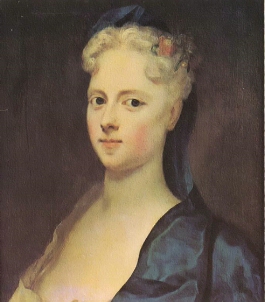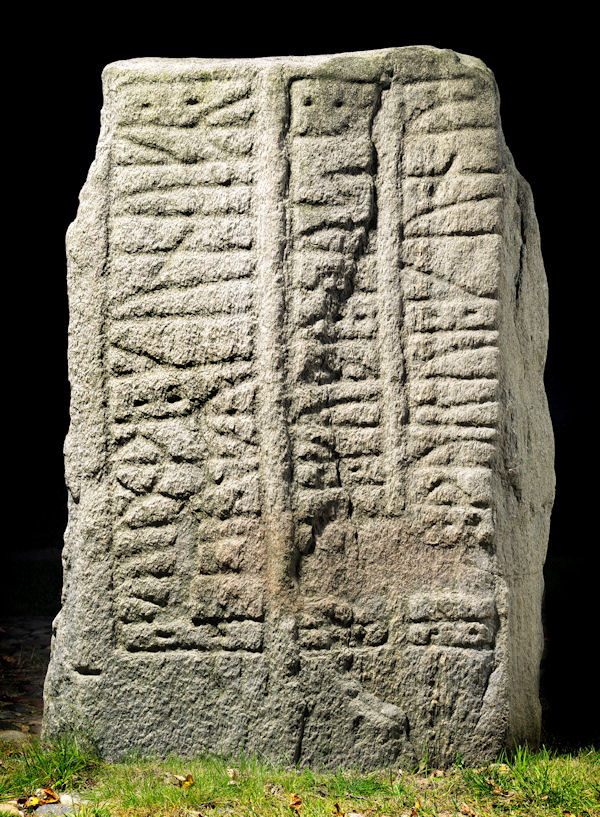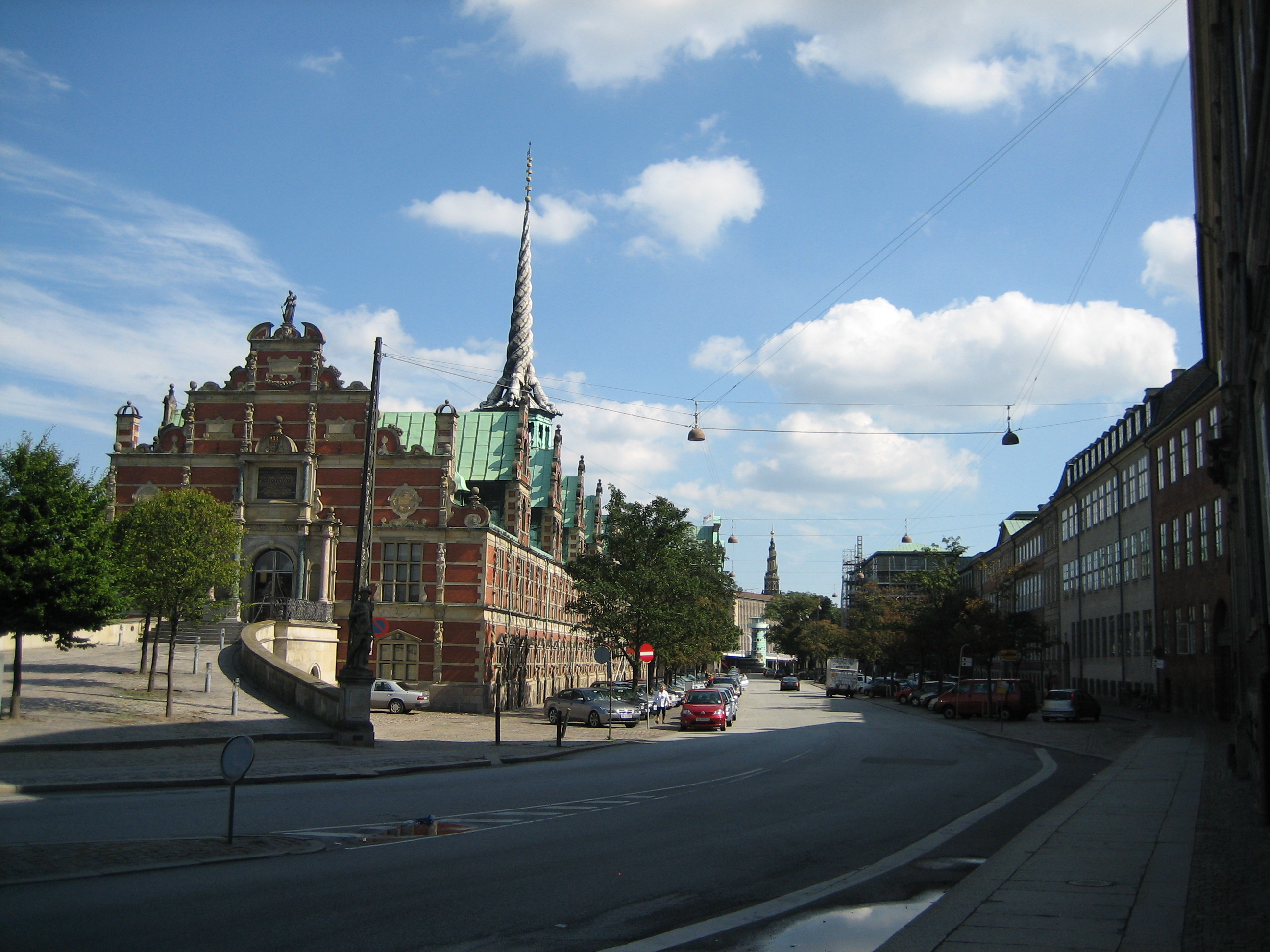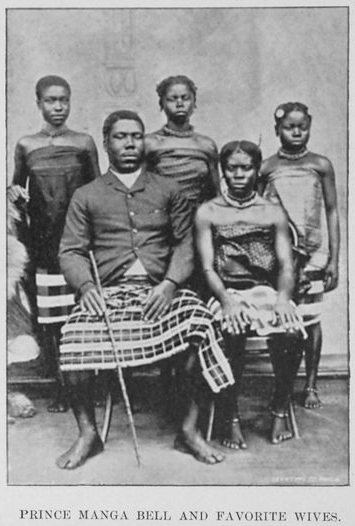|
Anne Sophie Reventlow
Anne Sophie von Reventlow (; 16 April 1693 – 7 January 1743) was Queen of Denmark and Norway from 1721 to 1730 as the second wife of Frederick IV of Denmark and Norway. Early life Born in Clausholm castle, into an ancient House of Reventlow, a Dano- German noble family originated in the County of Holstein, Countess Anna Sophie von Reventlow was the youngest daughter of Count Conrad von Reventlow, who served as Grand Chancellor of Denmark, by his second wife, Sophie Amalie von Hahn (1664-1722). About Anna Sophie's childhood nothing is known apart from the fact that her upbringing was educationally inadequate: Answered letters show that she made clumsy use of Danish, French and German. She was described as beautiful and lively, with "black, fiery eyes." Spouse by bigamy In 1711 the King encountered Anne Sophie at a masquerade ball in Koldinghus, where the royal family resided that season. He wanted her to become his mistress, which her mother refused to allow. The king a ... [...More Info...] [...Related Items...] OR: [Wikipedia] [Google] [Baidu] |
List Of Danish Consorts
This list of Danish consorts includes each queen consort (wife of a reigning king) and each prince consort (husband of a reigning queen). Due to unions (personal union, personal and real union, real), the queens of 1380–1814 (effectively from 1406) were also queens of Norway, and the queens of 1389–1521/23 (effectively from 1406) were also (though with interruptions) queens of Sweden. The Australian-born Queen Mary of Denmark, Mary, wife of King Frederik X, became queen consort on 14 January 2024, following the abdication of Margrethe II. House of Knýtlinga House of Estridsen House of Griffin House of Palatinate-Neumarkt House of Oldenburg House of Schleswig-Holstein-Sonderburg-Glücksburg Notes and references See also * List of Danish monarchs * List of consorts of Schleswig and Holstein * List of consorts of Oldenburg * List of Norwegian consorts * List of Finnish consorts * List of Swedish consorts {{DEFAULTSORT:List Of Danish Consorts Danish roya ... [...More Info...] [...Related Items...] OR: [Wikipedia] [Google] [Baidu] |
Royal Mistress
A royal mistress is the historical position and sometimes unofficial title of the extramarital lover of a monarch or an heir apparent, who was expected to provide certain services, such as sexual or romantic intimacy, companionship, and advice in return for security, titles, money, honours, and an influential place at the royal court. Thus, some royal mistresses have had considerable power, being the power behind the throne. The institution partly owes its prevalence to the fact that royal marriages used to be conducted solely on the basis of political and dynastic considerations, leaving little space for the monarch's personal preferences in the choice of a partner. The title of royal mistress was never official, and most mistresses had an official reason to be at the court, such as being a lady-in-waiting or maid-of-honour to a female member of the royal family or a governess to the royal children. However, their real position was most often an open secret, and there was ... [...More Info...] [...Related Items...] OR: [Wikipedia] [Google] [Baidu] |
Vallø Castle
Vallø Castle () is a manor house located 7 km south of Køge, in Stevns Municipality, on the island of Zealand in Denmark. It now serves as a residence for Vallø stift, a home for unmarried, widowed and divorced women of noble descent. History Vallø traces its history back to the 14th century. From 1554 to 1651 it was divided into two separate estates, West Vallø and East Vallø. In 1708 Vallø was acquired by King Frederick IV who passed it on to Anne Sophie Reventlow. In 1731 King Christian VI passed the property on to Queen Sophia Magdalene who in 1737 founded the Noble Vallø Foundation for Unmarried Daughters (da. ''Det Adelige Stift Vallø for ugifte døtre''). Building Vallø consists of four wings with robust towers and is surrounded by a moat. The south wing, with its robust corner towers, and the south end of the west wing were built from 1580 to 1586 by Mette Rosenkrantz, one of the richest women in Denmark of her day. In Christen Skeel's time of owner ... [...More Info...] [...Related Items...] OR: [Wikipedia] [Google] [Baidu] |
Schleswig
The Duchy of Schleswig (; ; ; ; ; ) was a duchy in Southern Jutland () covering the area between about 60 km (35 miles) north and 70 km (45 mi) south of the current border between Germany and Denmark. The territory has been divided between the two countries since 1920, with Northern Schleswig in Denmark and Southern Schleswig in Germany. The region is also called Sleswick in English. Unlike Holstein and Lauenburg, Schleswig was never a part of the German Confederation. Schleswig was instead a fief of Denmark, and its inhabitants spoke Danish, German, and North Frisian. Both Danish and German National Liberals wanted Schleswig to be part of a Danish or German national state in the 19th century. A German uprising in March 1848 caused the First Schleswig War which ended in 1852. The Second Schleswig War (1864) ended with the three duchies being governed jointly by Austria and Prussia. In 1866, they became a part of Prussia. Name and naming dispute In the 19t ... [...More Info...] [...Related Items...] OR: [Wikipedia] [Google] [Baidu] |
Christiansborg Palace (1st)
The first Christiansborg Palace in Copenhagen, Denmark, was built on Slotsholmen in 1745 as a new main residence for King Christian VI of Denmark-Norway. It was built on the same site as its predecessor, Copenhagen Castle, which had assumed a monstrous appearance and started to crumble under its own weight after several extensions. The palace existed for just under half a century since it was almost completely destroyed by a fire in 1794. The surviving parts, which included the show grounds, the court theatre and the Marble Bridge with its two pavilions, were incorporated into the second Christiansborg Palace which succeeded it. These parts also survived the fire of 1884 which destroyed the second palace and are now part of the present day Christiansborg Palace which houses both the Danish Parliament, Supreme Court and Prime Minister's Office. History Construction of the new palace Demolition of the overextended and antiquated Copenhagen Castle began in 1731 to make room f ... [...More Info...] [...Related Items...] OR: [Wikipedia] [Google] [Baidu] |
Slotsholmsgade
Slotsholmsgade ( "Slotsholm Street") is a street which runs along the rear side of Børsen on Slotsholmen in central Copenhagen, Denmark. Located next to the Danish parliament building Christiansborg, most of the buildings in the street house government offices. Several of them date from the 17th and 18th century and are listed. History The street was originally the site of a dock, Børsgraven, which was created in connection with the construction of Børsen in the beginning of the 17th century. It made it possible for ships to unload goods close to the new market building. The street that ran along the north side of the dock was called Bag Børsen ("Behind Børsen"). A row of Renaissance-style merchant houses, known as Nye Børs (New Børs) or the Six Sisters, were built at the end of the Børs building. The residential front houses faced Børsgade while a row of associated warehouses faced the Børs Dock. The buildings were demolished in 1900 to make way for a new headquart ... [...More Info...] [...Related Items...] OR: [Wikipedia] [Google] [Baidu] |
Hebrew
Hebrew (; ''ʿÎbrit'') is a Northwest Semitic languages, Northwest Semitic language within the Afroasiatic languages, Afroasiatic language family. A regional dialect of the Canaanite languages, it was natively spoken by the Israelites and remained in regular use as a first language until after 200 CE and as the Sacred language, liturgical language of Judaism (since the Second Temple period) and Samaritanism. The language was Revival of the Hebrew language, revived as a spoken language in the 19th century, and is the only successful large-scale example of Language revitalization, linguistic revival. It is the only Canaanite language, as well as one of only two Northwest Semitic languages, with the other being Aramaic, still spoken today. The earliest examples of written Paleo-Hebrew alphabet, Paleo-Hebrew date back to the 10th century BCE. Nearly all of the Hebrew Bible is written in Biblical Hebrew, with much of its present form in the dialect that scholars believe flourish ... [...More Info...] [...Related Items...] OR: [Wikipedia] [Google] [Baidu] |
Polygamy In Christianity
Polygamy is "the practice or custom of having more than one wife or husband at the same time." Polygamy has been practiced by many cultures throughout history. Although the Old Testament describes numerous examples of polygynous (one male, one wife with multiple concubines) instances of polygamy among devotees to God, most Christian groups have historically rejected the practice of polygamy and have upheld monogamy alone as normative. Nevertheless, some Christian groups in different periods have practiced, or currently do practice, polygamy. Some Christians actively debate whether the New Testament or Christian ethics allows or forbids polygamy and there are several Christian views on the Old Covenant. The practice primarily focuses on polygyny (one man having more than one wife) and not polyandry (one woman having more than one husband), as polyandry is implied to be unlawful by the Hebrew Bible's laws of adultery (e.g., ) and in the New Testament (e.g., ). Jewish background ... [...More Info...] [...Related Items...] OR: [Wikipedia] [Google] [Baidu] |
Polygamy
Polygamy (from Late Greek , "state of marriage to many spouses") is the practice of marriage, marrying multiple spouses. When a man is married to more than one wife at the same time, it is called polygyny. When a woman is married to more than one husband at the same time, it is called polyandry. In sociobiology and zoology, researchers use ''polygamy'' in a broad sense to mean any form of multiple mating. In contrast to polygamy, monogamy is marriage consisting of only two parties. Like "monogamy", the term "polygamy" is often used in a ''de facto'' sense, applied regardless of whether a State (polity), state recognizes the relationship.For the extent to which states can and do recognize potentially and actual polygamous forms as valid, see Conflict of marriage laws. In many countries, the law only recognises monogamous marriages (a person can only have one spouse, and bigamy is illegal), but adultery is not illegal, leading to a situation of ''de facto'' polygamy being allo ... [...More Info...] [...Related Items...] OR: [Wikipedia] [Google] [Baidu] |
Elisabeth Helene Von Vieregg
Elisabeth Helene von Vieregg (4 May 1679 – 27 June 1704), Countess of Antvorskov, was Danish noble and lady-in-waiting of German origin. She was the royal mistress of King Frederick IV of Denmark and, later, his first morganatic wife by bigamy. Early life Born into an ancient German noble family from Mecklenburg, she was the daughter of Prussian minister Adam Otto von Vieregg (1634-1717), who later served as the Prussian ambassador in Copenhagen from 1698 to 1706, and his second wife, Anna Helena von Wolfersdorf (1651–1701). Biography Elisabeth Helene was made lady-in-waiting to Princess Sophia Hedwig of Denmark, and entered into a relationship with Frederick, who became King the same year (1699). The relationship was initially a secret, but was discovered in 1701 after a letter from her father, defending their relationship, was made public. On 6 September 1703 she was secretly married to Frederick IV, who thereby committed bigamy (his queen consort, Louise of Me ... [...More Info...] [...Related Items...] OR: [Wikipedia] [Google] [Baidu] |
Bigamy
In a culture where only monogamous relationships are legally recognized, bigamy is the act of entering into a marriage with one person while still legally married to another. A legal or de facto separation of the couple does not alter their marital status as married persons. In the case of a person in the process of divorcing their spouse, that person is taken to be legally married until such time as the divorce becomes final or absolute under the law of the relevant jurisdiction. Bigamy laws do not apply to couples in a de facto or cohabitation relationship, or that enter such relationships when one is legally married. If the prior marriage is for any reason void, the couple is not married, and hence each party is free to marry another without falling foul of the bigamy laws. Bigamy is a crime in most countries that recognise only monogamous marriages. When it occurs in this context often neither the first nor second spouse is aware of the other. In countries that have bigamy ... [...More Info...] [...Related Items...] OR: [Wikipedia] [Google] [Baidu] |
Morganatically
Morganatic marriage, sometimes called a left-handed marriage, is a marriage between people of unequal social rank, which in the context of royalty or other inherited title prevents the principal's position or privileges being passed to the spouse, or any children born of the marriage. The concept is most prevalent in German-speaking territories and countries most influenced by the customs of the German-speaking realms. Generally, this is a marriage between a man of high birth (such as from a reigning, deposed or mediatised dynasty) and a woman of lesser status (such as a daughter of a low-ranked noble family or a commoner).Webster's Online Dictionary . Retrieved 2008-07-10. Diesbach, Ghislain de. '' ... [...More Info...] [...Related Items...] OR: [Wikipedia] [Google] [Baidu] |







